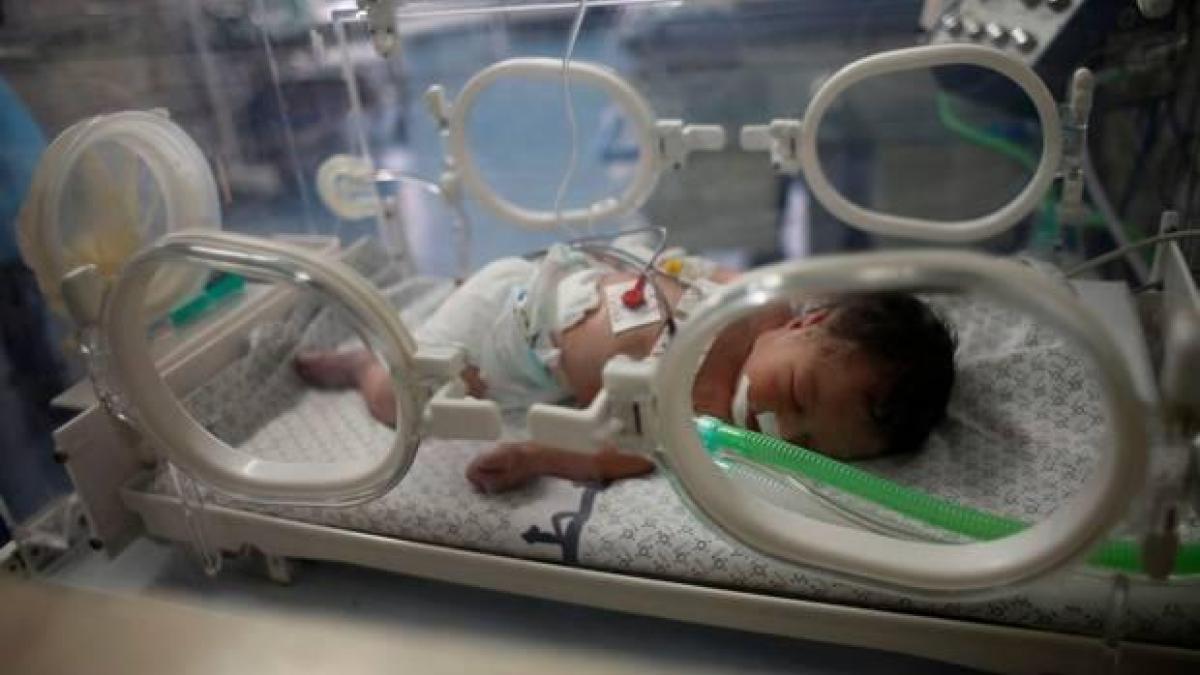Regional elections have shown varying amounts of the cost of wage harmonization, but the exact amount is not yet known. Amending budgets are being prepared for information systems.
20.1. 19:39
In regional election exams the cost of transforming future welfare areas has become a hotly debated issue.
The opposition believes that not enough money has been set aside for the transition, which will jeopardize the entire Sote reform. According to the government, change money will be found and more will be arranged in additional budgets.
Read more: Saarikko: Government allocates additional money for change costs related to information systems to welfare areas – HS regional election exam now available in full
Funding for change will be needed when responsibility for organizing social, health and rescue services is transferred from municipalities to new welfare areas at the beginning of next year. At the same time, the employer of almost 200,000 employees is changing.
In the regional elections held on Sunday everywhere except in Helsinki and Åland, decision-makers, ie regional commissioners, are elected for these regions.
Some of the change costs are one-off, some are permanent. Some are needed oitis, some only after the transition period.
Largest and the busiest costs are estimated to be the coordination of 10,000 to 15,000 information systems, which must be implemented immediately.
The new financial, administrative and patient information systems must be operational as early as 1 January, so that military and rescue personnel can receive their salaries and care for their customers.
The state has estimated that EUR 660 million will be needed for the mediation of existing information systems and the construction of new ones, which will be spread over several years.
To date, EUR 440 million has been earmarked in the framework for system repairs, but the regions immediately applied for more than EUR 1 billion.
More than EUR 200 million had already been distributed to the regions before Christmas, but this has proved insufficient. The remaining approximately EUR 200 million is scheduled for later years.
For example future Welfare area of Western Uusimaa is now urgently demanding additional funding from the state to cover the necessary IT changes. Otherwise, the reform will not be implemented in time.
“We don’t have cash on hand and we can’t take out a loan when there is no hospital district at the bottom. We are completely dependent on the state, ”says the chairman of the interim preparatory body for the Western Uusimaa region Sanna Svahn.
Sanna Svahn
Emergency calls have also been made by, for example, Pirkanmaa, Northern Ostrobothnia, Southwest Finland and Vantaa and Kerava. There is a lot in them now service providers.
“The situation was already known in the autumn, when the need for an amending budget was discussed in the ministerial working group,” says the head of department. Kari Hakari Ministry of Social Affairs and Health.
Information systems the grants were originally intended to run for several years, but implementation has started faster and more widely than expected.
The Treasury minister Annika Saarikko (Central) promised on Wednesday In the HS regional election examthat an amending budget for the construction of information systems is being prepared.
Last Friday, the Ministry of Finance received from the regions last year’s financial statements and this year’s budgets, based on which the amount of additional funding needed is estimated.
The supplementary budget is to be transferred to Parliament as soon as possible.
Equally there is not much haste in the regional election exams on the much talked about salary matching.
“We haven’t even had time to start harmonizing salaries when we first have to get the organization and services in order,” says Svahn of Espoo.
“There’s a lot of restraint now needed to talk about wage matching,” says the change manager Ville-Veikko Ahonen from the Ministry of Finance.
He points out that wage settlements are spread over several years and will not necessarily happen next year. Instead, the work is done with old pay gaps inherited from the municipalities.
“
“The labor market solution is not yet known, let alone what kind of wage systems are being built in the regions.”
For example, three years have been considered a reasonable transition period for equalizing the pay gap. No law prescribes the length of time, but it is agreed upon.
“The labor market solution is not yet known, let alone what kind of wage systems are being built in the regions,” says Ahonen.
The remuneration system means, for example, how employees are ranked at job-specific salary levels.
Starting point The equalization of wages within the new areas means that in jobs of equal level, the wage criteria and the wages themselves are the same.
According to the case law, salaries are equal to the highest salaries. It is therefore not based on a median, for example, which would be more in the minds of employers.
Prime minister Sanna Marinin (sd) for the government’s sote proposal, the Ministry of Finance calculated that the cost of harmonization would range from 1 to 7% and total to € 124-434 million per year.
The basic assumption in the rough calculation was the sum of EUR 6.2 billion in personnel costs.
Since for example Municipal and welfare area employers (KT) has estimated that the cost of equalization could be hundreds of millions of euros or even a billion euros.
Ahonen says that the Ministry of Finance has not yet made more detailed calculations than that EUR 124-434 million.
“In March-April, we will refine the calculations for the fiscal plan.”
According to Ahonen, the administrative change costs of the entire reform have been calculated at more than one billion euros, which will be spread over several years.
“Even that amount needs to be clarified all the time, because there is a lot of uncertainty involved. We must also remember that from 2023 onwards, funding for welfare areas will be comprehensive and will also have an automatic increase in the cost of change, ”Ahonen points out.
The most acute According to Ahos, the thing about creating welfare areas is that they get enough money for ICT systems.
“The most important thing when the welfare areas start on 1 January 2023 is that salaries and bills can be paid and no one will die,” Ahonen concludes.
Read more: The orphan defended himself in relentless heat, Marin clicked on populism and Purra disappeared – that’s how the presidents did in the HS exam
.
#Regional #elections #important #salaries #bills #paid #dies #cost #change







